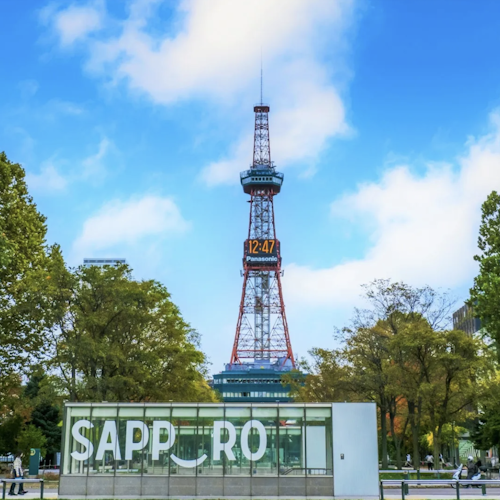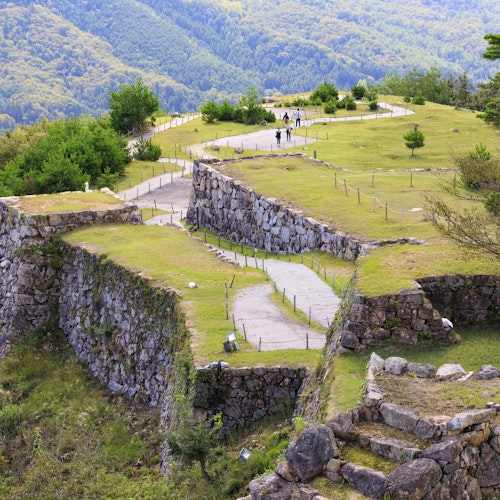
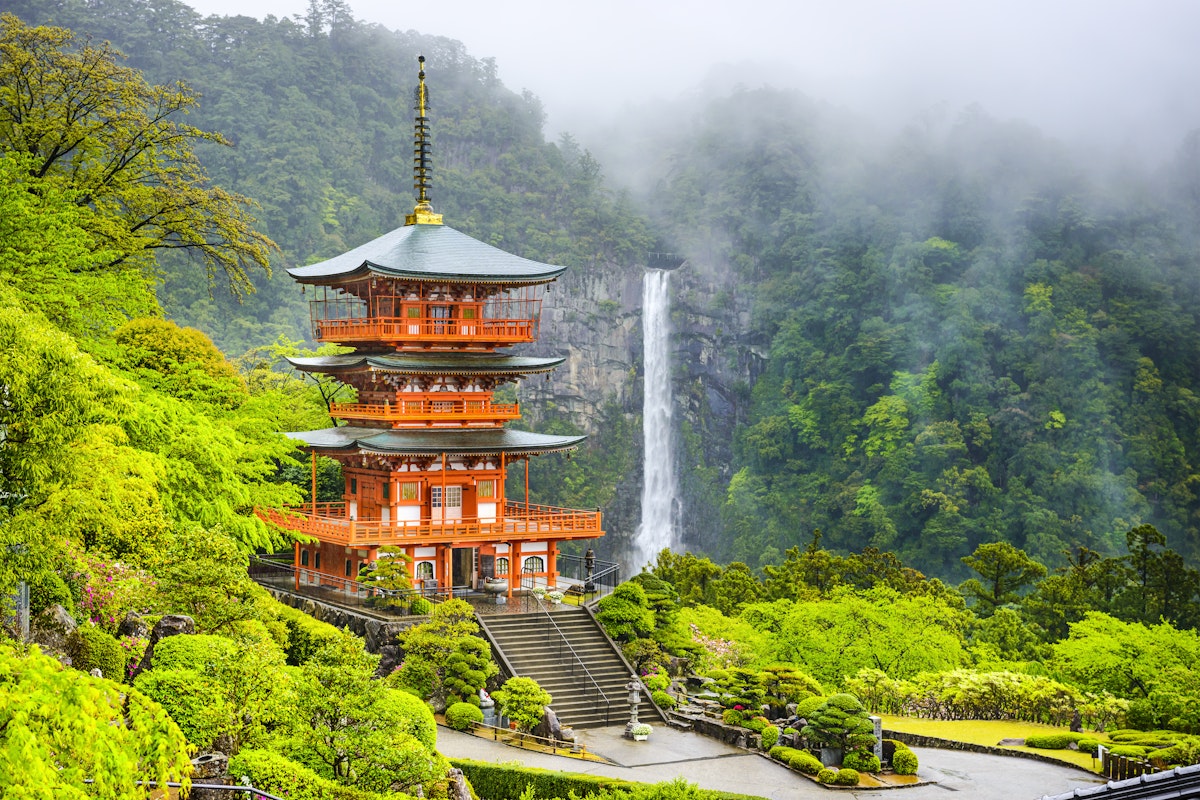
Japan's landscape is dotted with stunning pagodas that have stood for centuries. These tall, multi-tiered towers are more than just buildings – they're symbols of Japanese culture and spirituality. Each famous Japanese pagoda offers visitors a unique view and a glimpse into the country's rich history.
Whether you're planning a trip to explore ancient temples or simply love architecture, these pagodas in Japan should be on your must-see list.
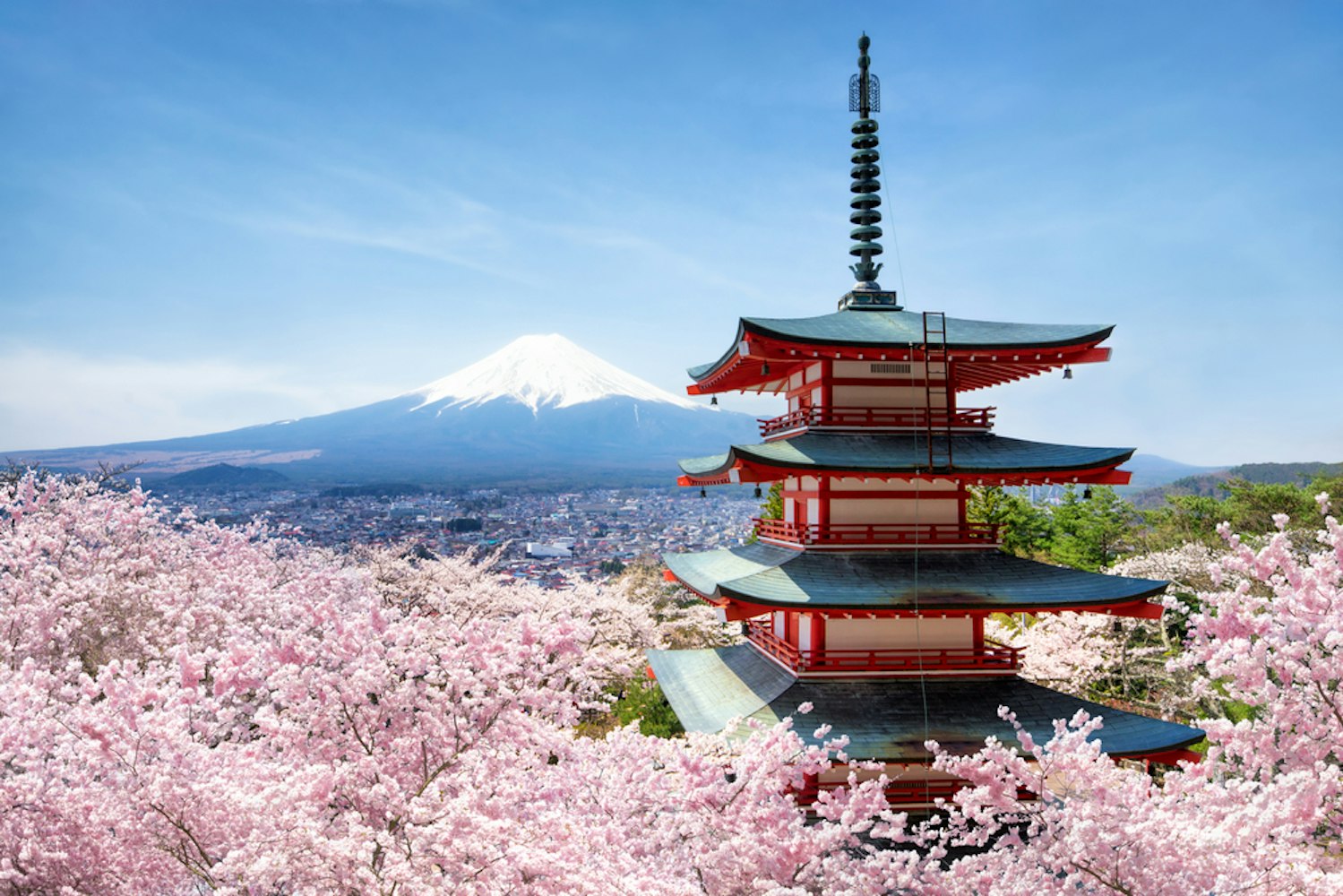
Height: 19.5 meters
Built: 1963
Type: Five-story vermillion pagoda
Located in Fujiyoshida, Chureito Pagoda is probably the most photographed Japanese pagoda in the world. This bright red, five-story pagoda sits on a hillside overlooking Mount Fuji, creating one of Japan's most iconic views.
To reach the pagoda, you'll need to climb about 400 steps, but the effort is worth it. From the top, you can see Mount Fuji rising majestically in the distance, framed perfectly by the pagoda's architecture. The view is especially stunning during cherry blossom season in spring when pink flowers fill the foreground.
The pagoda was built in 1963 as a peace memorial and is part of the Arakura Sengen Shrine. Many visitors combine this stop with Mount Fuji tours to experience the best of the region. The area is also beautiful in autumn when the leaves turn golden and red.
Best time to visit: Early morning for fewer crowds, or during cherry blossom season (late March to early April)
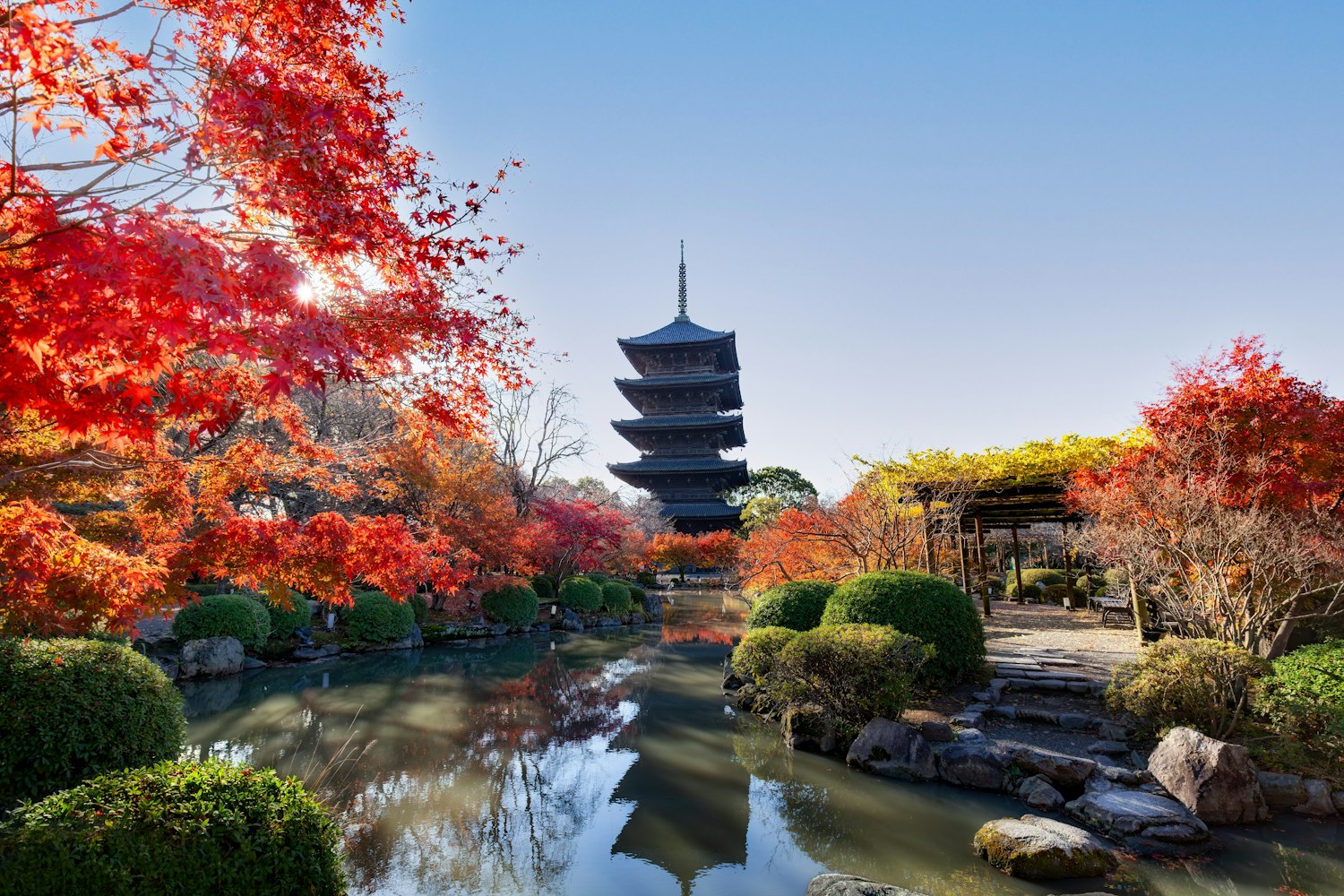
Height: 54.8 meters
Built: Originally 826 AD, current structure 1644
Type: Five-story wooden pagoda
Entry: 500 yen for temple grounds, 1,000 yen during special viewing periods
Standing at 55 meters tall, the pagoda at Toji Temple in Kyoto is the tallest wooden pagoda in Japan. This impressive structure has been rebuilt several times since its original construction in 826 AD, with the current building dating back to 1644.
The pagoda is visible from many parts of southern Kyoto and serves as a landmark for the city. At night, it's beautifully lit up, creating a magical atmosphere. The temple grounds themselves are peaceful and perfect for a quiet walk.
Toji Temple is easily accessible from Kyoto Station, making it a convenient stop during Kyoto sightseeing tours. The temple also hosts a popular flea market on the 21st of each month, where you can find antiques, crafts, and local food.
Best time to visit: During the temple's special illumination events in spring and autumn
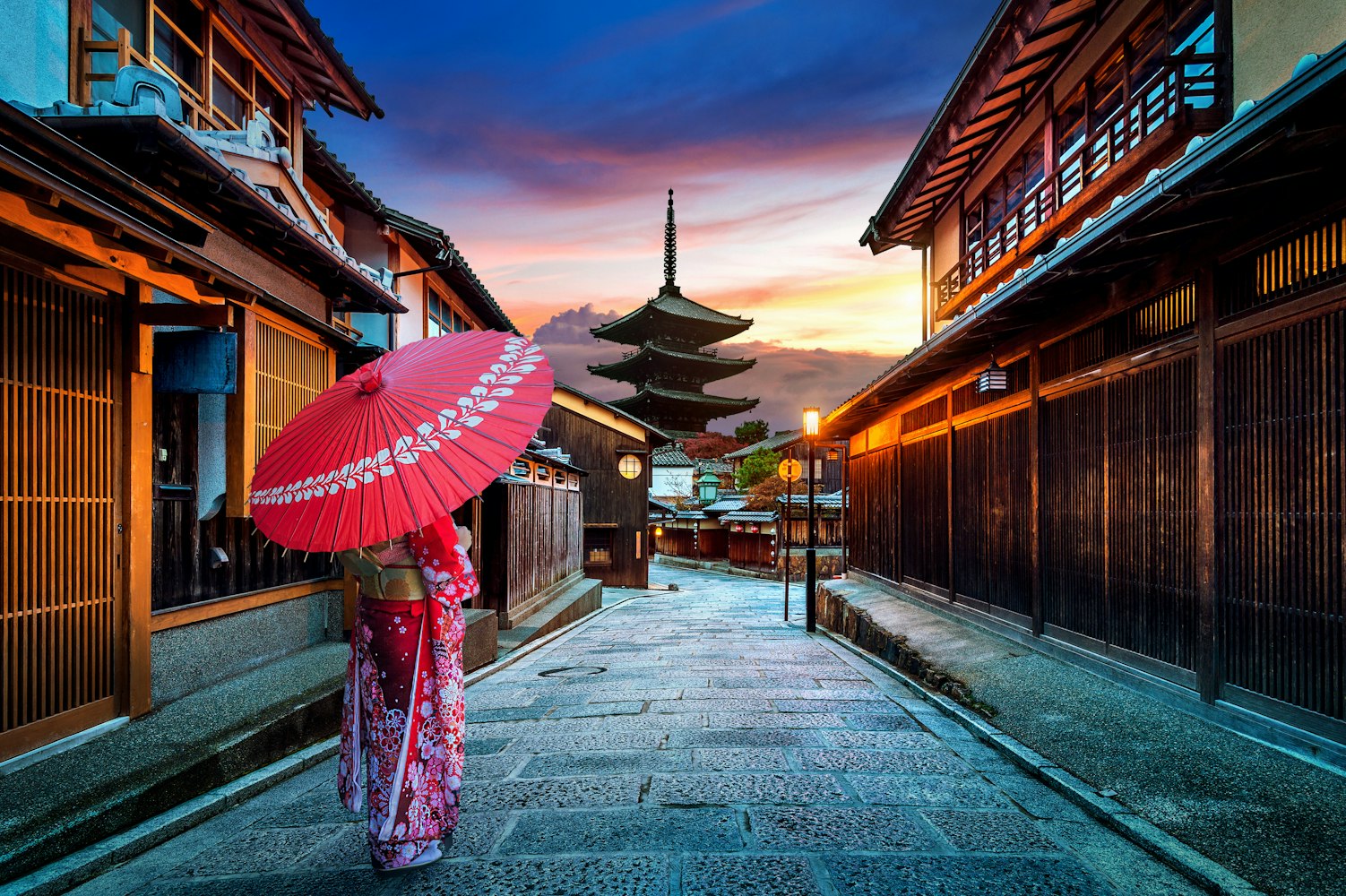
Height: 46 meters
Built: 589 AD, reconstructed 1440
Type: Five-story pagoda
Entry to grounds: Free, Interior viewing: 400 yen (irregular schedule)
Yasaka Pagoda, also known as Hokan-ji Temple's pagoda, sits in the heart of Kyoto's historic Higashiyama district. This five-story pagoda dates back to the 6th century and perfectly captures the essence of old Kyoto.
What makes this pagoda special is its setting. Narrow stone streets lined with traditional wooden buildings lead up to the pagoda, creating a scene that looks like it's straight from ancient Japan. It's one of the most photographed spots in Kyoto, especially at dawn when the streets are quiet.
The surrounding area is full of tea houses, shops, and other historic sites. Many walking tours of Kyoto's traditional districts include this pagoda as a highlight. From here, you can easily walk to other famous sites like Kiyomizu-dera Temple and the Gion geisha district.
Best time to visit: Early morning before tourist crowds arrive, or during evening illuminations

Height: 50.1 meters
Built: 730 AD, reconstructed 1426
Type: Five-story pagoda
Entry: 300 yen (exterior viewing free)
In Nara, Japan's ancient capital, the five-story pagoda at Kofuku-ji Temple is one of the city's most recognizable landmarks. Built in 730 AD and last rebuilt in 1426, this pagoda stands 50 meters tall and reflects beautifully in the nearby pond.
The pagoda is part of a UNESCO World Heritage site and sits just steps away from Nara Park, where friendly deer roam freely. The combination of historic architecture and natural beauty makes this a favorite stop on Nara day trips from Kyoto or Osaka.
At night, the pagoda is illuminated, and its reflection in Sarusawa Pond creates a stunning scene. The area around Kofuku-ji is also home to other important temples and museums where you can learn about Nara's role as Japan's first permanent capital.
Best time to visit: Late afternoon for beautiful light, or during cherry blossom season
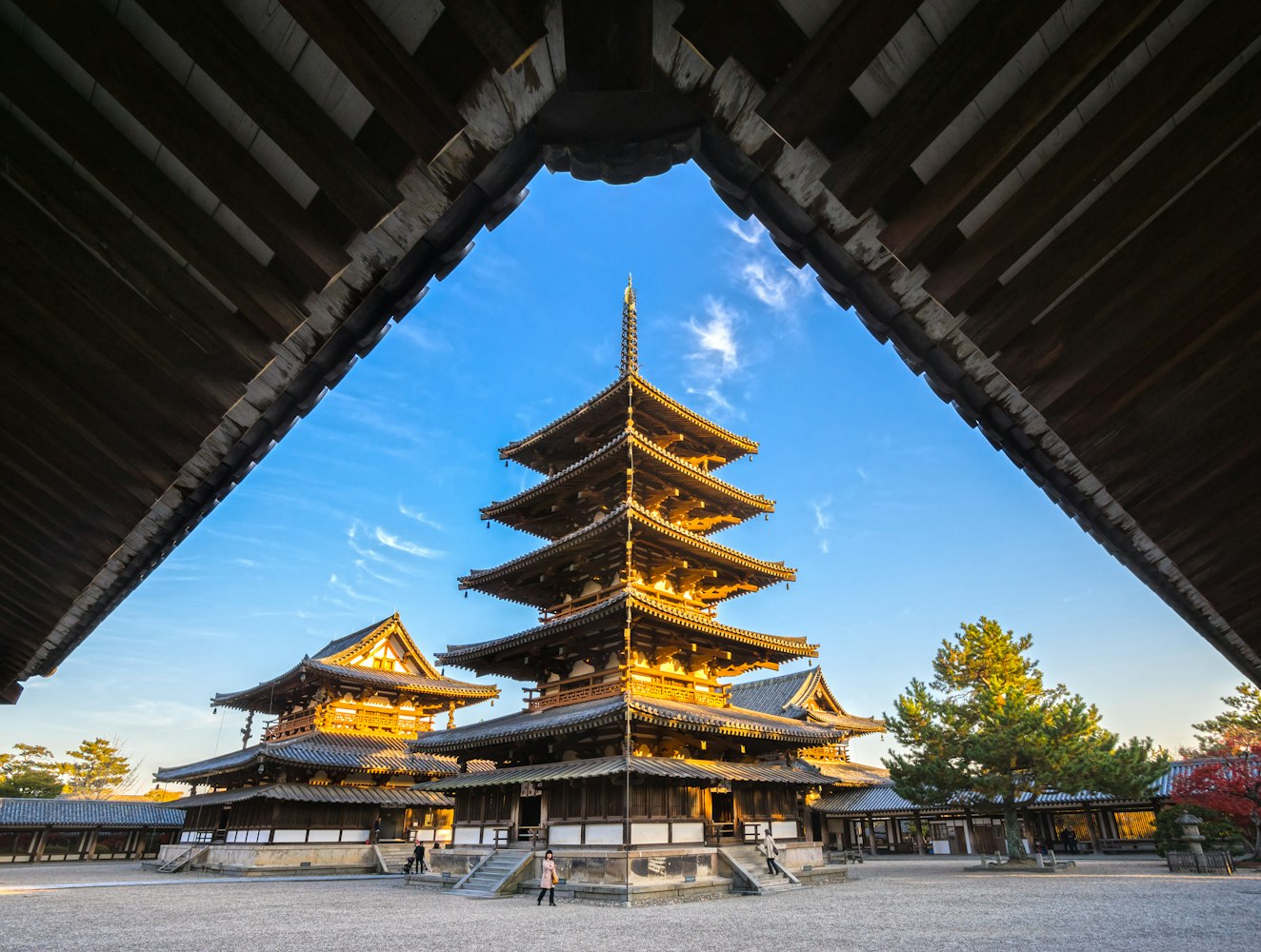
Height: 32.5 meters
Built: Approximately 607 AD
Type: Five-story wooden pagoda
Entry: 1,500 yen (includes entire temple complex)
Located near Nara, Horyu-ji Temple's five-story pagoda is a true wonder. Built around 607 AD, it's considered the oldest wooden building in the world still standing. This makes it not just a famous Japanese pagoda, but a priceless piece of human history.
The pagoda stands 32 meters tall and has survived earthquakes, fires, and wars for over 1,400 years. Its design shows ancient construction techniques that have influenced temple architecture throughout East Asia. The entire temple complex is a UNESCO World Heritage site.
The pagoda's central pillar doesn't touch the ground, which helps it withstand earthquakes – an engineering marvel from ancient times. Visitors interested in history and architecture will find this site fascinating. It's often included in comprehensive cultural tours of the Nara region.
Best time to visit: Weekday mornings for a peaceful experience
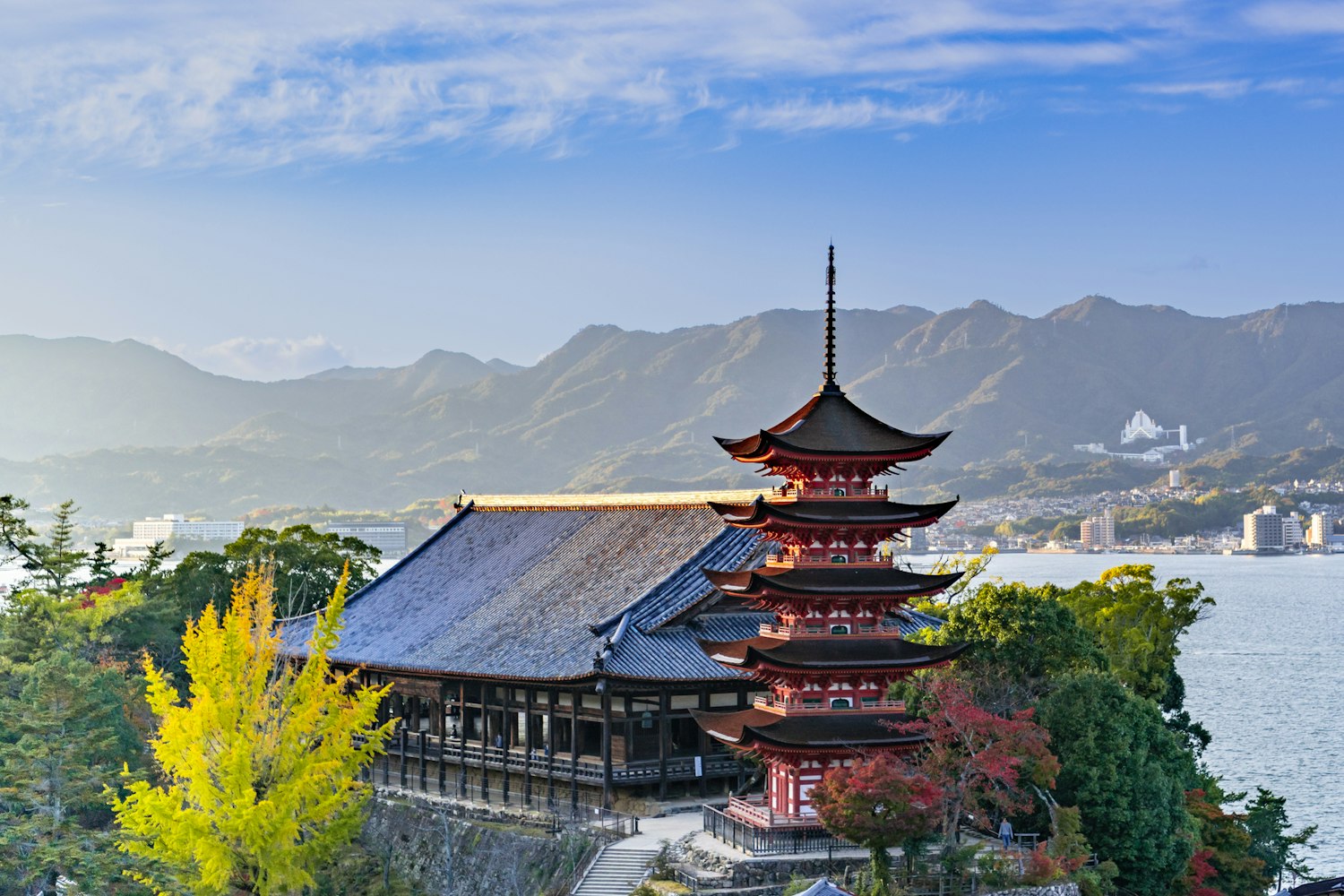
Height: 27.6 meters
Built: 1407
Type: Five-story pagoda
Entry to grounds: Free, combined shrine ticket: 300 yen
While most people visit Miyajima Island for its famous floating torii gate, the island is also home to a beautiful five-story pagoda. Built in 1407, this vermillion pagoda sits on a hill overlooking the Seto Inland Sea.
The pagoda combines Japanese and Chinese architectural styles and offers wonderful views of both the sea and the mountains. It's located right next to the thousand-tatami hall (Senjokaku), another impressive wooden structure.
Miyajima Island tours typically focus on the shrine and its torii gate, but taking time to visit the pagoda rewards you with quieter surroundings and equally beautiful views. The walk up to the pagoda also gives you a different perspective on the island's natural beauty.
Best time to visit: During high tide, when the floating torii gate is most photogenic, then walk up to the pagoda

Height: 36 meters
Built: 1650 (original), rebuilt 1818
Type: Five-story pagoda
Entry: 1,300 yen (combined ticket for shrine complex)
The pagoda at Nikko Toshogu Shrine is unlike any other pagoda in Japan. Built in 1650, it features incredibly detailed carvings and vibrant colors – gold, red, green, and blue decorations cover every surface.
Standing 36 meters tall, this pagoda showcases the lavish style of the Edo period. Each of the pagoda's five stories represents one of the five elements in Buddhist cosmology: earth, water, fire, wind, and void.
Nikko is located in the mountains north of Tokyo and makes a perfect day trip from the capital. The entire shrine complex is a UNESCO World Heritage site, with multiple temples, shrines, and stunning natural scenery. Many Tokyo tours include Nikko as a destination for those wanting to escape the city.
Best time to visit: Autumn for colorful foliage, or early summer for fresh green scenery
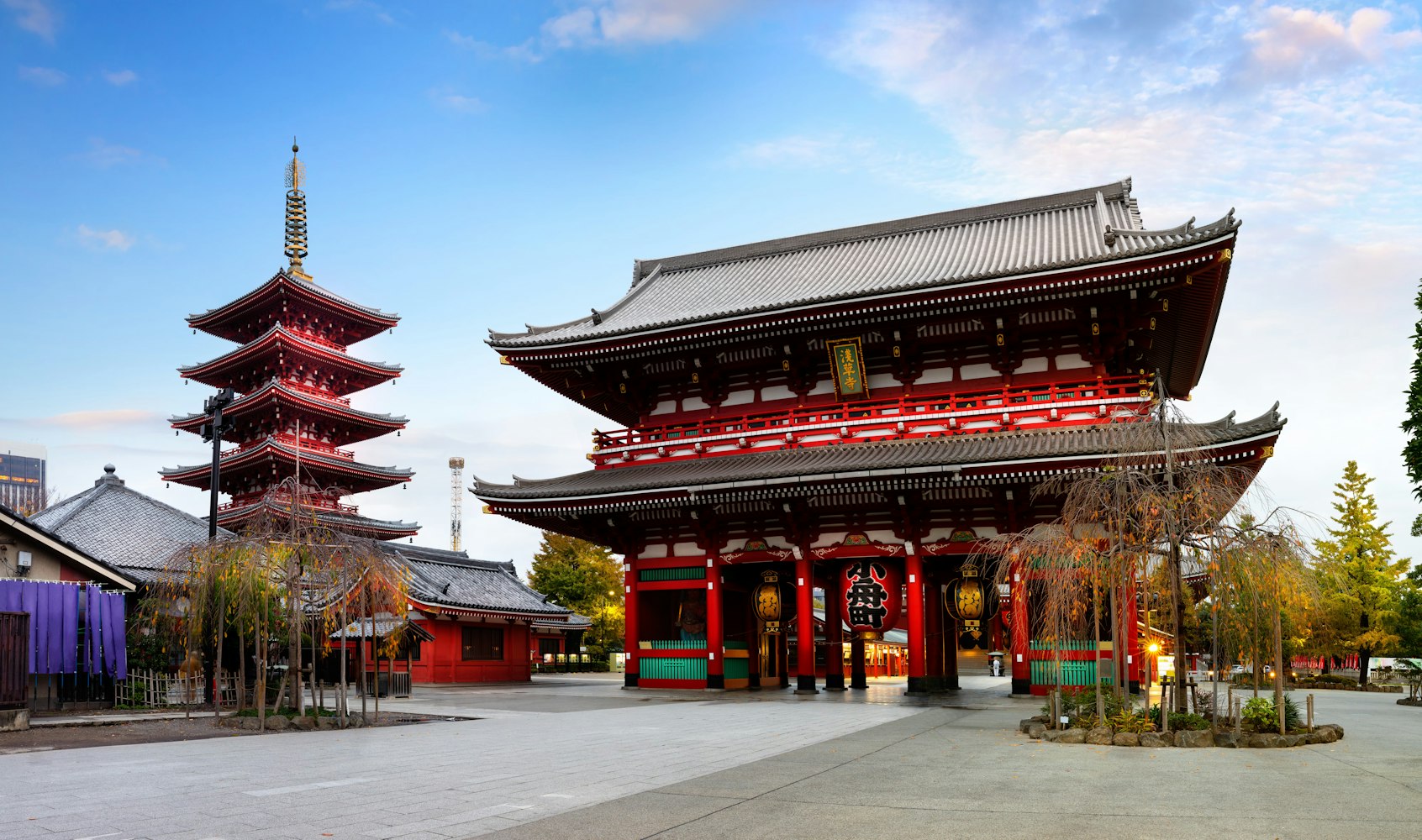
Height: 53.3 meters
Built: Originally 942 AD, current structure 1973
Type: Five-story reinforced concrete pagoda
Entry to grounds: Free (pagoda interior closed)
In the bustling Asakusa district of Tokyo, Sensoji Temple's pagoda offers a striking contrast between ancient and modern Japan. The current pagoda was rebuilt in 1973 after being destroyed in World War II, but it follows the traditional design.
What makes this pagoda special is its urban setting. You can photograph it with Tokyo Skytree in the background, creating a perfect symbol of Tokyo's blend of old and new. The temple area is always lively, with street vendors, traditional shops, and festival atmosphere.
Sensoji is Tokyo's oldest and most significant temple, attracting millions of visitors each year. The pagoda is beautifully lit at night, and the entire temple complex is a must-see during any Tokyo city tour. The nearby Nakamise shopping street is perfect for buying traditional souvenirs and trying local snacks.
Best time to visit: Early morning before crowds, or evening for illuminations
Visiting these pagodas in Japan offers more than just beautiful photos – it's a journey through Japanese history, culture, and spirituality. Each pagoda has its own story and unique charm.
Many of these sites are included in popular tour itineraries. If you're short on time, consider joining guided tours that cover multiple sites in one day. Kyoto and Nara are close enough to visit together, while Tokyo and Nikko can be paired for a day trip from the capital. For the ultimate experience, Mount Fuji and Hakone tours often include stops at nearby pagodas.
Whether you visit one or all eight of these famous Japanese pagodas, you'll gain a deeper appreciation for Japan's architectural heritage and the stunning views that have inspired visitors for centuries.

